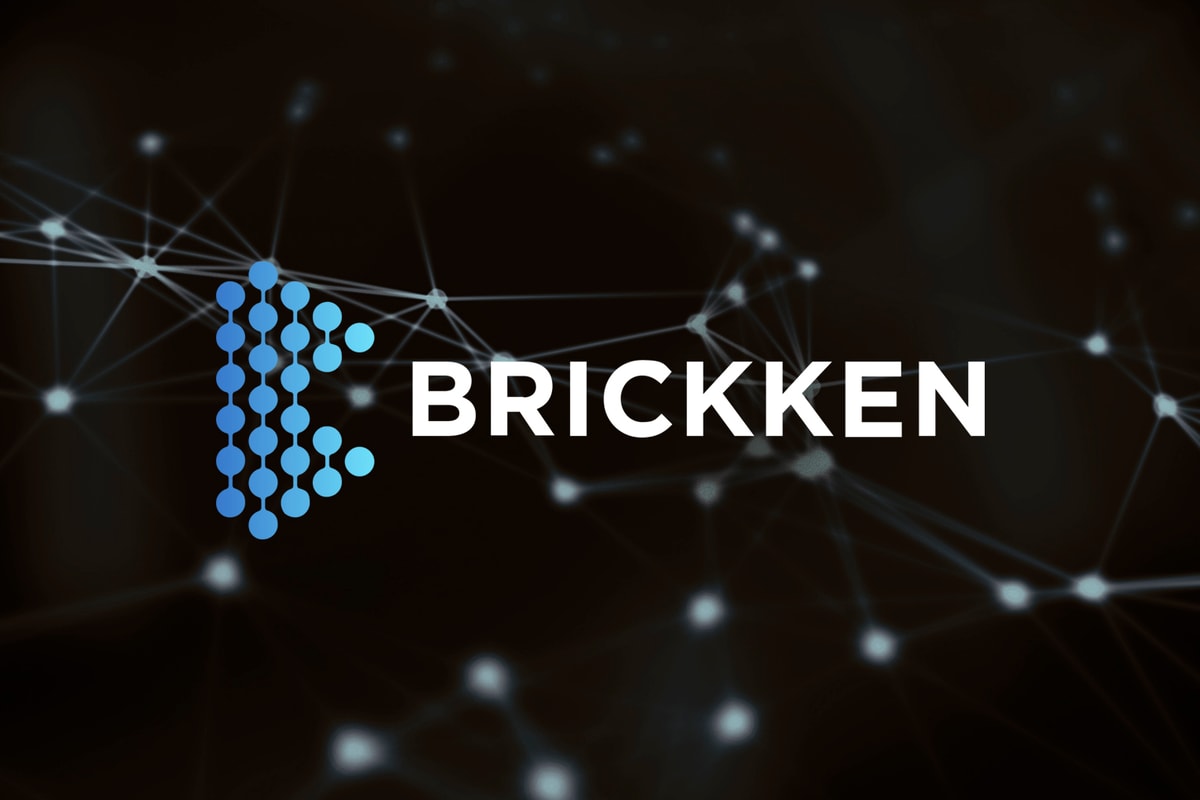The decentralized autonomous organization (DAO) is a relatively new concept, and, in its novelty, many still struggle to understand it.
At its most basic definition, the DAO is an on-chain organization leveraging governance structures, tokens and smart contracts to make community consensus decisions on how to direct funds and efforts. Most definitions also (incorrectly) define DAOs as having flat organization structures. But, who decides the organization structure?
By definition, the community does. Looking at the shape of DAOs today, many are not flat, and in fact, have thriving hierarchies voted in by the community to achieve greater efficiencies, scalability and financial economies. This is important because today’s DAO skeptic is concerned about their disorganization and lack of decision-making alacrity.
DAOs are evolving at a rapid pace, and like living organisms, they are adapting to their needs and the environment around them. Arguably, they evolve far more rapidly than traditional static organizations that are bound by corporate boards and governance, as well as by tradition — that rigid yoke that binds companies into continuing the same time-worn practices (whether productive or not). Many DAOs have learned that allocating budget, leadership and decision-making authority within some form of hierarchical structure empowers them to thrive, make decisions and move rapidly to achieve goals.
Perhaps, the confusion comes from the meaning of “flat.” It is true that the community holds the power, and there is no CEO, president or board of directors for most (if not all) DAOs. So, in making decisions, everyone holds the power, rather than having it concentrated at the top among a small number of board members and executives. But from a purely organizational view, those same community members could, theoretically, vote in any organizational structure they choose, including voting in chiefs (though that is yet to happen to my knowledge).
What does an effective DAO hierarchy look like?
There are many ways to structure a DAO, and each will evolve to its own community’s needs over time.
One effective model, from my experience, includes creating “subDAOs,” or “workstreams,” which enable an entire function, say, engineering, to have an appointed leader, staff and a time-limited span of authority to allocate their own budget, projects and efforts. At the top of the hierarchy is, of course, the community of token holders.
In a DAO, anyone can submit a proposal; these proposals can include the formation of an entire workstream such as marketing, which includes not only the leader, but the individual contributors beneath them. To gather the necessary community support to pass a proposal, workstream leaders include details in their proposal such as the workstream’s mission, goals, KPIs, core contributors, how their budget will be allocated and how they will publicly report on efforts. Proposals can be rejected for any number of reasons; sometimes, the sponsor will rework points of contention and resubmit them, often successfully.
Workstreams can span all of the functions necessary for success in any organization, including:
- Product
- Engineering
- Operations
- Customer Support
- Marketing/Communications
- Growth
- Finance
- Security
- Recruiting
- Tokenomics
Consensus on the benefits of hierarchy
It is true that a DAO could maintain a totally flat structure, with every contributor putting in a proposal for their contribution or leveraging other collaborative frameworks such as Coordinape and Colony. But as the number of contributors scales, this can overwhelm the governance process and reduce voter engagement over time. The subDAO model enables voters to focus on higher-level proposals, delegating day-to-day operational decisions to active community members that have earned their trust.
By offering a wide range of opportunities to contribute, from bounties for one-off projects, part-time and full-time salaried positions to creating a new workstream, the DAO can more efficiently attract and retain talent to match the needs of capable contributors. It offers a model that provides them a greater sense of job security — as long as they continue to deliver results.
The project benefits as well, since there are many esoteric decisions, such as how to allocate treasury investments, that are best left to DAO experts rather than opening it to a community-wide vote. SubDAOs enable channeling such decisions to those best qualified.
Rest assured, none of this happens behind closed doors like in traditional corporate models. To be successful, each workstream must propose its own transparency processes, such as holding regular, public “office hour” meetings on Discord or another forum to share its work and gain feedback. At the end of the proposal’s tenure, it may or may not be renewed, depending on its performance.
It could always change again — just DAO it!
If that model doesn’t work for the DAO, rest assured it can change again, because of the DAO’s remarkable agility and its participants’ limitless enthusiasm for finding new ways to innovate.
We will likely continue to see DAOs continue to transform and challenge traditional corporate models, for the simple fact that communities are now empowered to create the ideal organization at a time when corporations are in many ways failing to meet workers’ needs.
It is for this reason that DAOs continually evade concrete definitions: even defining them as “digital” is becoming problematic, as brick-and-mortar DAOs, such as CafeDAO, begin to emerge. More and more organizations are asking us about how to transform into a DAO because the benefits are so numerous for the project and contributors. Dive in and DAO it!
Willy Ogorzaly is Head of Decentralization for the ShapeShift DAO within the FOX Foundation, a team focused on decentralizing ShapeShift.
This article was published through Cointelegraph Innovation Circle, a vetted organization of senior executives and experts in the blockchain technology industry who are building the future through the power of connections, collaboration and thought leadership. Opinions expressed do not necessarily reflect those of Cointelegraph.
Learn more about Cointelegraph Innovation Circle and see if you qualify to join










